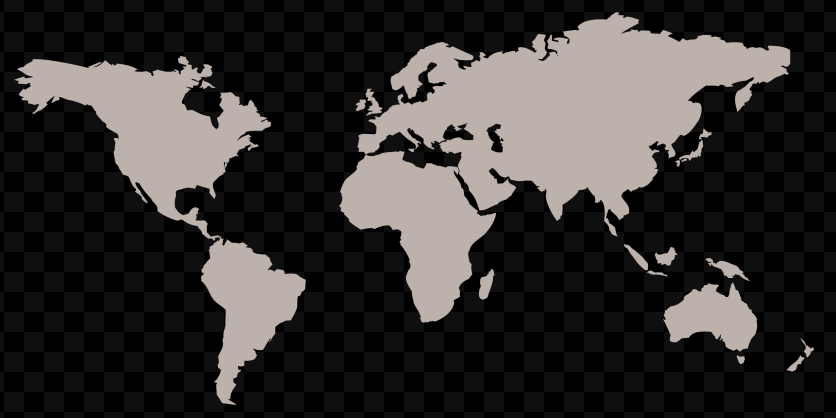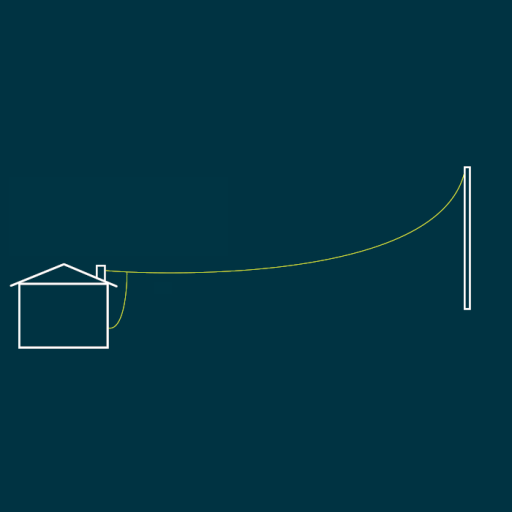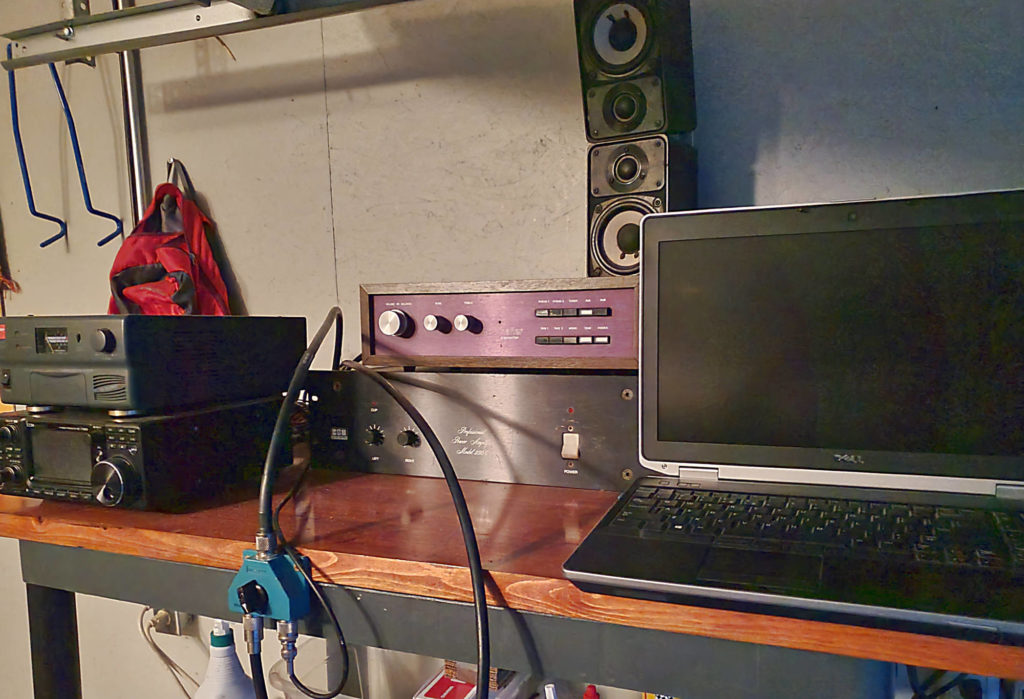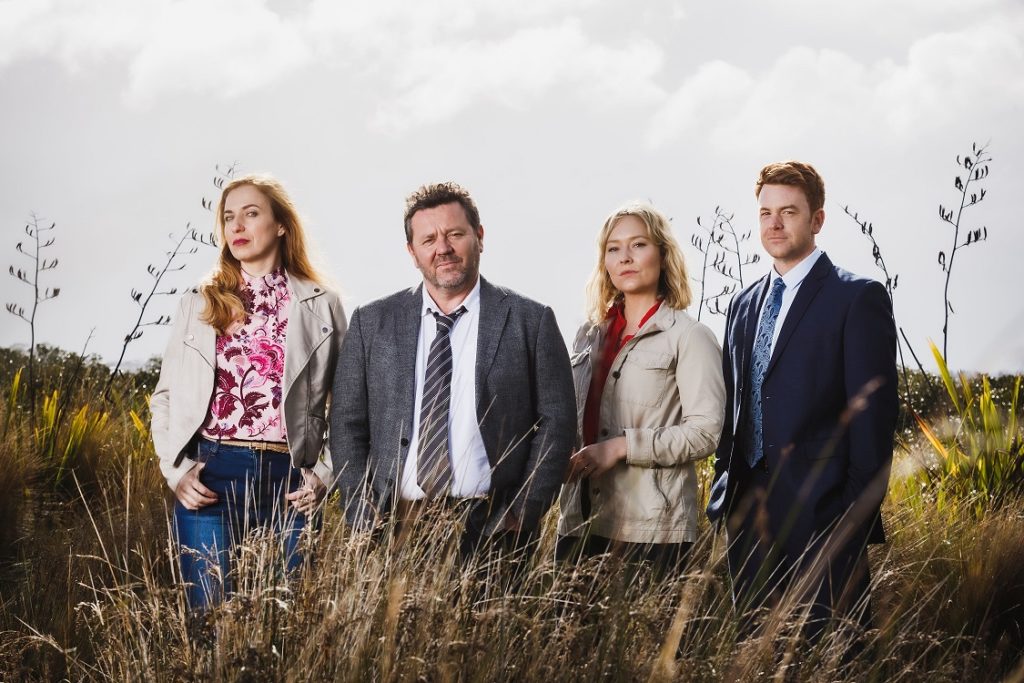Yes, you can escape the disinformation clogging up the airwaves and screens here in the USA. Although the international media all do have their own slant, I think you will find them to be a nice break from what passes for “news” here on the mainland. My own working theory is, “if it’s important enough, you will hear about it on the BBC.”
All listed here are (usually) in English, and some are still audible via shortwave in North America. You do have a shortwave radio, right? Actually, I don’t even have one any more either, in the traditional sense. If you want anything more than average-performance portables, your only option now is the receiver in a (general coverage) ham rig. The good news is that they are readily available and cost no more than the old SWL receivers. DSP rocks.
Back in 2020 I traded my trusty R75 for an IC-7300 transceiver. I still have it, but I now use it mostly to listen to local AM. (I use a 7410 for working FT8.) But for me, this is the year of the stream.
The world has changed. Direct listening via stream is now a pretty good option. I will mention in parting (with HF listening) that WBCQ is alive and well, still on 7.490, 9.330, 4.790, 3.265, and 6.160 MHz.
WHRI was also still around last time I checked (summer 2021,) although their on-air folks like John Jurasek (TheReportOfTheWeek) are just as likely to direct listeners to a stream or YouTube. I believe they are faltering, as there was an attempt to sell to Alan Weiner (above) at WBCQ that fell through.
Where are the streams?
The BBC of course, still broadcasts – they may be the last to go – but stopped their HF efforts to North America more than ten years ago. They now offer every kind of stream imaginable.
Both Australia and New Zealand are still broadcasting on shortwave, but both offer great streams now. [update: 5-24-22 – “RNZ Pacific adds new SW transmitter”]
Here is a listing of streams for all of Europe, by country. (Beware, these are not often kept up to date.) Which brings me to:
My ultimate radio solution arrived last fall – it is the closest thing to a useful shortwave radio that you can buy now. There have been many generations of streaming radio boxes, but they do seem to be stabilizing. It all comes down to the database of stations provided and (hopefully) maintained by the manufacturer.
I have settled on Como Audio models. They have a rich history, which you can read about on their site – going all the way back to Cambridge Audio, B&W speakers and Tivoli Soundworks. But it’s all about the database.
They call them “station aggregators” and Como uses one called “Airable.” You can read about the history leading up to that here. If you manage to find a station that is not already in there, you can submit a ticket to add it. Of course, the station may not actually HAVE a stream, in which case there is nothing they can do. The one glaring exception is that you will not be hearing any iHeart Radio stations, which is fine by me. They represent everything bad about what is left of broadcasting… but let’s not go there.
The search capabilities are awesome. Aside from the fact that you can do perfectly good searches on the radio itself (which has actual knobs, by the way!) there is a web interface for the aggregator called Frontier Nuvola. It’s a clunky interface meant for universal access, but it works. You can build your own “favorites” folder structure and it is immediately replicated and available on all your radios. Warning: you can’t check this out without actually buying a radio. They are not a retail outfit, and apparently exist only to support manufacturers. But they do a great job – it just takes a little patience with the nuts & bolts style interface.
Como also integrates hardware-wise with nearly everything imaginable – Bluetooth, DLNA or Chromecast from other devices, or maybe use it as a TV soundbar. There is an Android app – although as you might imagine, integration with Apple’s walled garden is not going to happen. That’s OK – most of us actual hardware guys and experimenters use Android anyway.
There is even an actual analog FM tuner, complete with whip antenna – which I will never use, of course. They even offer a decent (actual analog) turntable, with an Ortofon cartridge!



